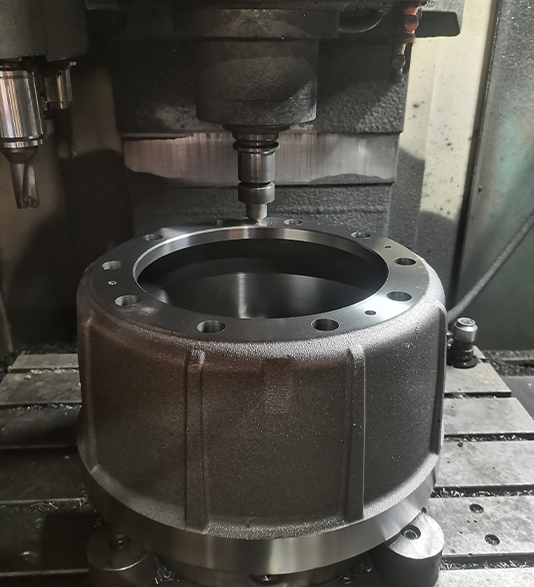Dec . 15, 2024 17:29 Back to list
brake drum failure analysis
Brake Drum Failure Analysis Understanding Causes and Prevention
Brake drums are critical components of many vehicle braking systems, playing an essential role in ensuring safety and performance. However, like any mechanical part, they can fail, leading to significant safety hazards. An effective brake drum failure analysis involves identifying the causes of failure, understanding the implications for safety and vehicle performance, and implementing appropriate preventive measures.
Causes of Brake Drum Failure
1. Material Fatigue Over time, the constant heating and cooling of brake drums can lead to material fatigue. The intense heat generated during braking can cause the brake drum to expand. If the temperature fluctuates frequently, tiny cracks can develop in the material, leading to structural integrity loss.
2. Overheating Excessive heat is perhaps the most common reason for brake drum failure. This can result from prolonged braking, such as during downhill driving, or from malfunctioning brakes that cause excessive friction. When brake drums overheat, they can warp or become brittle, ultimately leading to failure.
3. Corrosion Brake drums are often exposed to moisture, road salt, and other harsh environmental conditions that contribute to corrosion. Rust can weaken the material, diminishing its ability to withstand the stresses of braking. Corrosion not only affects performance but can also lead to brake noise and reduced stopping power.
4. Improper Installation or Maintenance Incorrect installation of brake components, including the drum itself, can lead to uneven wear and failure. Regular maintenance is crucial. An ignored brake system can lead to increased wear on the drums due to improper aligning or insufficient lubrication.
5. Contaminants The presence of grease, oil, or other contaminants on the brake drum can impair braking performance. If contaminants are not addressed, they can significantly increase friction and heat generation, leading to premature failure.
Implications of Brake Drum Failure
brake drum failure analysis

The failure of brake drums can have dire consequences. Inadequate braking can lead to longer stopping distances, decreased vehicle control, and an increased risk of accidents. Particularly in emergency situations, a failure can mean the difference between a close call and a catastrophic event.
Preventive Measures and Recommendations
To mitigate the risk of brake drum failure, several proactive strategies can be implemented
1. Regular Inspections Conducting frequent inspections of the braking system, including brake drums, can help identify signs of wear or damage before they lead to failure. Visual inspections should check for cracks, warps, and surface quality.
2. Proper Maintenance Following the manufacturer's guidelines for brake maintenance is essential. This includes timely replacement of worn components and ensuring all parts are correctly installed.
3. Temperature Monitoring Installing temperature monitoring systems can provide real-time data on brake drum temperatures, alerting drivers to potential overheating conditions that may lead to failure.
4. Using Quality Materials High-quality brake drums made from durable materials can resist wear and overheating better than cheaper alternatives. Always opt for reputable manufacturers when replacing brake components.
5. Driver Education Educating drivers about safe braking practices can pay dividends. Avoiding sudden braking, especially on downhill grades, and understanding the warning signs of brake failure can help maintain brake integrity.
In conclusion, understanding brake drum failure is vital for promoting vehicle safety. By identifying common causes, recognizing the implications of failure, and implementing preventative measures, drivers can significantly reduce the risk of brake drum-related incidents. Safety starts with awareness and proactive maintenance, ensuring that our vehicles remain safe and reliable on the road.
-
Scania Brake Drums: OEM Quality for Optimal Safety & Durability
NewsAug.16,2025
-
R.V.I: Advanced Remote Visual Inspection for Precision
NewsAug.15,2025
-
Discover HYUNDA: Innovative Vehicles, Equipment & Solutions
NewsAug.14,2025
-
R.V.I: Unlock Advanced Insights & Real-time Performance
NewsAug.13,2025
-
Kamaz Brake Drum: Durable & Reliable for Heavy Duty Trucks
NewsAug.12,2025
-
Heavy Duty Iveco Brake Drum - Premium Quality & Safety
NewsAug.11,2025
